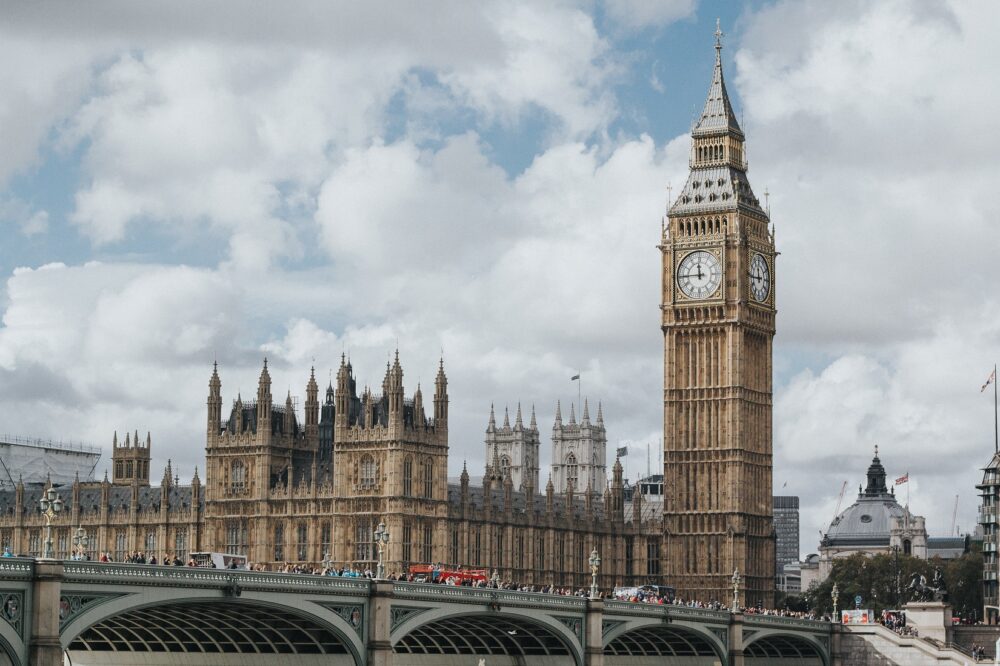

This latest MRP model reflects the position now, of two parties experiencing widely differing electoral fortunes.
- MRP Voting Intention: Labour 48% (+3); Conservative 28% (-5); Lib Dem 11% (+1); Reform UK 4% (+1); Green 3% (-1); change from Savanta MRP poll in September
- MRP seat forecast: Labour 482 (+280); Con 69 (-296); SNP 55 (+7); LD 21 (+10); Plaid Cymru 4 (=); Green 1 (=); Labour majority of 314; change from GE 2019 results
- Model suggests the Conservatives would lose all seats in the north of England, including Rishi Sunak’s Richmond constituency
Labour would return to the House of Commons with a 314 seat majority if an election were tomorrow, according to the latest MRP nowcast from Savanta.
The poll, Savanta’s first MRP since Labour conference and conducted in conjunction with Electoral Calculus, gives Labour a 20pt voting intention lead which, when converted to seats would more than double the number of MPs they currently have in Westminster.
The poll shows that the Conservative Party would be likely wiped out in much of the north of England, with the model suggesting that the party would not hold a single seat north of Lincolnshire, while also losing all of the seats in London, and conceding many seats in the South West to Labour and the Liberal Democrats.
The SNP gain an extra seven seats according to the model, leaving them with all bar four of Scotland’s 59 Westminster constituencies, while the Liberal Democrats would increase their parliamentary representation to their highest level since 2010, including gaining Dominic Raab’s Esher and Walton seat.
“Last time we published an MRP model, I spoke of both the potential and precarious nature of the 56-seat majority and 12pt lead the poll gave the Labour Party during their conference. Even the most optimistic Labour supporter would not have foreseen what was to come, such was the subsequent Conservative collapse, and therefore this latest MRP model reflects the position now, of two parties experiencing widely differing electoral fortunes.”
“But we must still express caution. Many seats going to Labour in this model, including a few that could be deemed ‘Red Wall’, still indicate a 40% or higher chance of remaining Conservative, and while that would have little impact on the overall election result, it does show that if Rishi Sunak can keep narrowing that Labour lead, point-by-point, the actual results come 2024 could look very different to this nowcast model.”
Commenting on the findings, Martin Baxter, Founder and CEO of Electoral Calculus, says,
“This is an interesting poll, because it is the first MRP we have done since the Conservatives slid so far behind Labour, and therefore we have very little to compare it with. MRP results are different to applying uniform national swing (UNS) to the 2019 General Election baseline. The UNS prediction would give the Conservatives about 24 more seats than this model.”
“Previous elections suggests that MRP is usually more accurate than UNS predictions, but we are in uncharted electoral waters and uncertainty is higher than usual.”
Savanta interviewed 6,237 GB adults aged 18+ online from 2-5 December 2022. Data were compiled in a multi-regression and poststratification (MRP) model by Electoral Calculus. Savanta is a member of the British Polling Council and abides by its rules.








